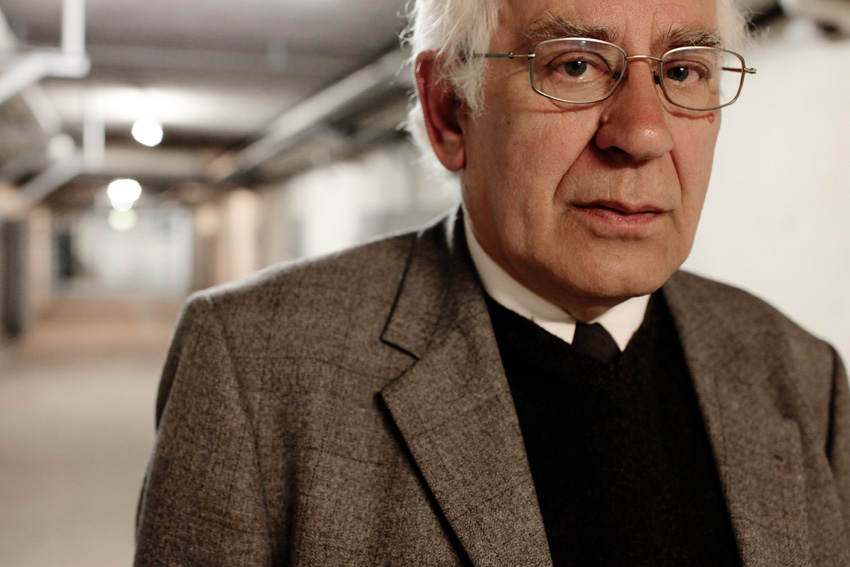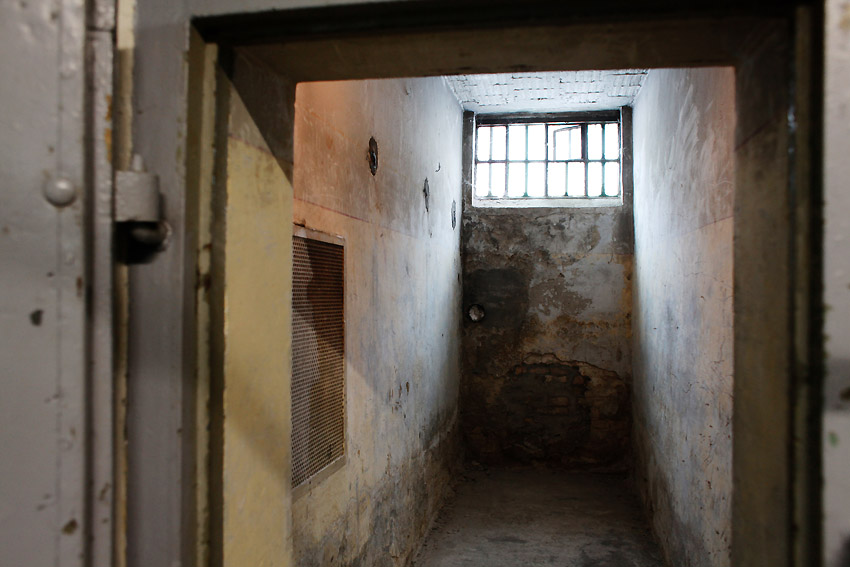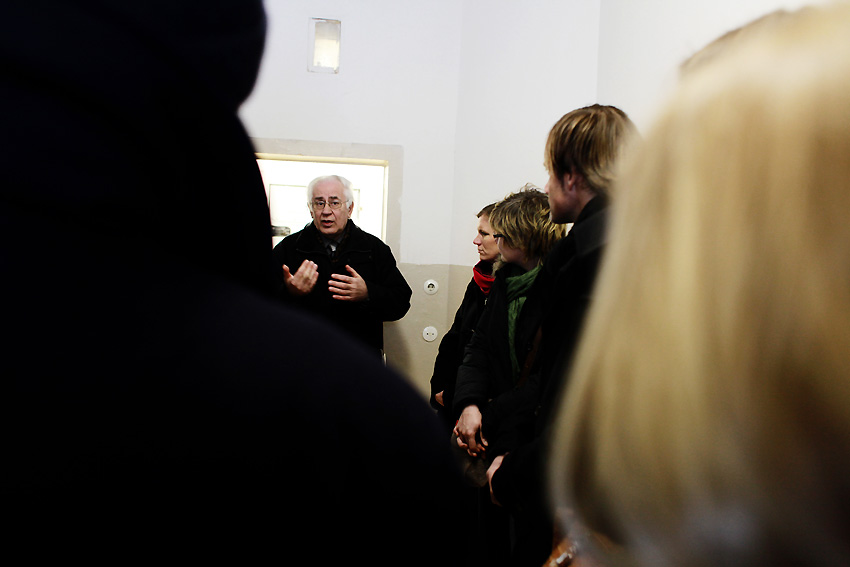Former prison of the Ministry of State Security
East Germany
From 1951-1989 the prison was used to hold and interrogate
political prisoners.
Since 1994 it is a memorial site and open to the public.
Former inmates show visitors around and report about their time as inmates.
Berlin,
Hohenschönhausen , Germany, 2010 © Reimar Ott

The
outside of the former "Stasi" (short for the secret East German
state security police) prison.

The
prison was not indicated on maps. Officially it didn't exist.

The
prison was located in a sealed off area. Nobody had an idea what happened
inside.

Wolfgang
Warnke is a West German citizen. In the 70s he spent one month in the
prison.
Warnke
got caught in Bulgaria, helping two men to flee East Germany.
He spent 18 month in a prison in Sofia.

Doors
to prison cells in the cellar, known as the "U-Boot" (submarine).
In the first cells the temperature could get very low in winter.
Other
cells were located next to the heating-system for the interrogation
rooms above,
where the temperature was unbearably high.

A
prison cell in the basement.

Only
some small holes in the door allowed air to go in and out of the cell.

The
bed is too short for a grown up person. The cell has no window.

Padded
room with indication of days spent inside.

Door
of a padded room which has no corners. After some time the prisoner
lost his orientaion.

Prisoners
were locked inside the wall.

A year ago Wolfgang Warnke began to share his story with visitors.

The
red signal showed if a prisoner was allowed to walk or not.
The Stasi didn't accept any contact between prisoners.
The prisoner had no idea how many other inmates there were
and they often had no idea about their location.

Wolfgang
Warnke spent 4 weeks in the prison. When two prisoners were close,
they had to look against the wall so they couldn't see each other.

A
prison cell with the shoes and dress that the inmates had to wear.
Sleeping hours were from 22 p.m. - 6 a.m.
Prisoners had to sleep on their back and leave the hands above the blanket.
During
day time the prisoner had to sit on the table.
No books were allowed.

A
room without a view. Using glas stones is against human rights.

Inside
the prison.

Surveillance
room.

Inside
the prison

Doors
to interrogation rooms. 120 people interrogated the prisoners.
The Stasi choose specific interrogators for each prisoner -
sometimes the interrogater looked like a relative of the prisoner.

The
room in which Wolfgang Warnke was interrogated.

Chair
of the interrogator.

Chair
for the prisoner.

With
a telephone the prisoner was confused and intimidated. Fake phone calls
were made.
